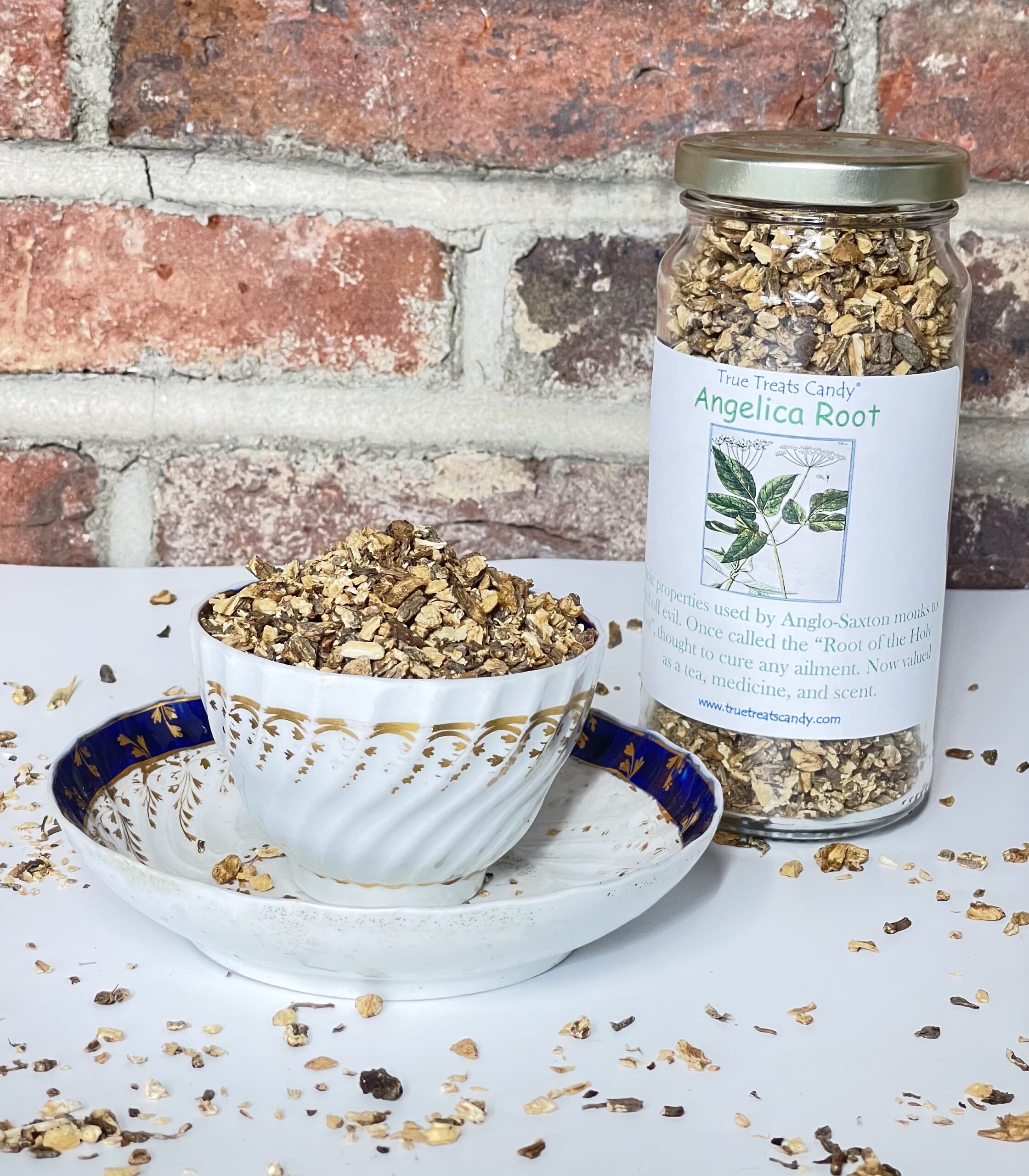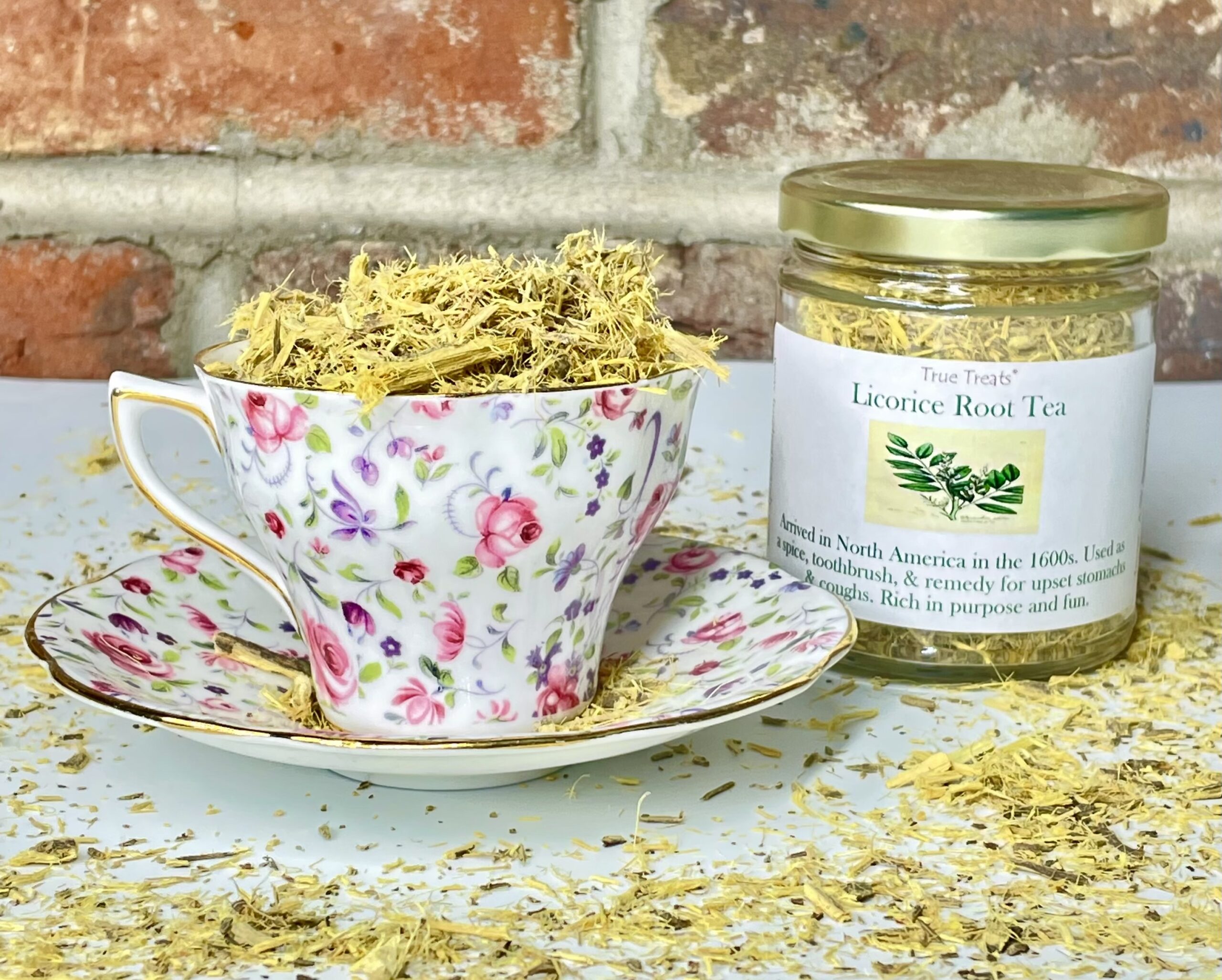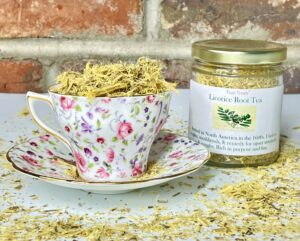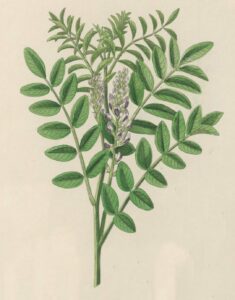What does Angelica plant taste like?
We at True Treats had no idea. So, we did a taste test. Frankly, I was skeptical, but it tasted good. Earthy with a slight spiciness, a warm flavor. So good, we kept drinking it even after the verdict of how good it was was in!
Why is the plant called Angelica?
Some say the name “Angelica” refers to Michael the Archangel who, though a dream, informed a monk of the plants ability to cure the plague. Others say angelica blooms on Michael the Archangel’s feast day, May 8th on the old Julian Calendar. Angelica was also called the “Root of the Holy Ghost,” for its powerful healing properties. Regardless, Angelica is a unique, aromatic plant which even grows in colder climates of Iceland, Northern Russia and Norway.
Is Angelica a medicine?
Throughout history, Angelica was believed to have intense healing properties, able to take on just about anything, including evil spirits, witches, spells, and the plague. Many still consider Angelica a healing herb, rich in nutrients, such as antioxidants, vitamins, valeric acid, volatile oils and more. heal stomach ailments, insomnia, reproductive issues, and a host of others.
Can I make tea with Angelica?
Angelica makes a wonderful, healthful, and oh-so-unusual (in a good way!) tea. It also makes an excellent spirited drink (more in a moment). Here are a few options:
Option 1: Simmer dried root to taste in water for 15 or 20 minutes.
Option 2: Make as with other teas, put in boiling water and steep then drink.
Option 3: Add to hot water in a tea ball, wait until it cools or whenever you like, and drink.
How to Turn Angelica Tea into Angelica Spirts
Here’s the long version from Eleanor Parkinson from 1864:
“Distilled Spirituous Waters for Liqueurs. — Orange, rose, pink, jes samine, and all other flowers, are made by adding eight pounds of the leaves or petals of the flowers to a gallon of pure proof spirit. Put them in a cold cellar or ice-house to infuse for a week. Distil in the bain-marie to dryness. If they are distilled on an open gentle fire, water should be added to the articles when they are put on the fire, so as to prevent their being burnt.
Lavender, mint, rosemary, angelica, the yellow rind of lemon and orange peels, and bergamot, lemon, vanilla, ginger, and orris-root for violet, and other herbs, are made by adding two pounds of the plant, &.C., partly dried, to a gallon of pure proof spirit. Let it steep in a jar close covered for twelve or fourteen days in a cool place, and distil in the bain-marie. Myrtle and balm-me, one pound to the gallon. If any of the waters appear rather turbid when they are first drawn, they will become clear and bright by standing a few days. Filter them through blotting paper-placed in a glass or earthenware furmel over a bottle to receive them.”
Now, here’s today’s version:
Today’s VERSION: Mix 2 tablespoons to 2 ounces of vodka or other clear alcohol (pure proof alcohol as above) and put in a sealed jar. Mason jars work well. Put in a cool, dark shelf for a month or so, strain liquid, and enjoy. A few drops give a tangy twist to cocktails.
Look! YESTERDAY & TODAY
Follow the new recipe when mixing angelica and add any of the botanicals from the old one. Orange peels appear a lot in the old-time recipes.
True Treats Angelica Tasting



 The licorice plant arrived in North America in the 16th century with John Josselyn who carried it from England to Boston. He listed licorice as one of the “precious herbs” among his cargo. Previous to that licorice has Licorice has a long history as a remedy used in Chinese medicine for thousands of
The licorice plant arrived in North America in the 16th century with John Josselyn who carried it from England to Boston. He listed licorice as one of the “precious herbs” among his cargo. Previous to that licorice has Licorice has a long history as a remedy used in Chinese medicine for thousands of years. Among its many benefits: relieve stress, improve the respiratory system, relieve stomach distress, and more.
years. Among its many benefits: relieve stress, improve the respiratory system, relieve stomach distress, and more.